Door hinges may seem like a small detail, but they play a big role in both the function and style of your doors. Whether it’s a front entryway, kitchen cabinet, or hidden passage, the right hinge makes all the difference. A quality hinge ensures smooth operation, boosts door durability, and even enhances aesthetics—especially when it’s matched with the right material and finish.

From interior and exterior doors to furniture, gates, and specialized enclosures, there’s a surprising variety of hinge types to choose from. In this guide, we’ll walk you through the most common—and not-so-common—types of door hinges, helping you find the perfect match for your next project.
Key Factors to Consider Before Choosing Hinges

Before picking a hinge, think about your door’s weight and size—heavier doors need sturdier hinges.
Consider the frequency of use and whether it’s for indoor or outdoor use, which affects material choice. Decide on the swing direction (one-way or two-way), and whether you need added security or a concealed look.
Lastly, match the hinge’s style and finish to your overall design for a polished final touch. A little planning upfront leads to better function and longer-lasting results.
Common Types of Door Hinges
Choosing the right door hinge isn’t just about function—it’s also about style, durability, and ease of use.
Here’s a handy breakdown of the most common types to help you find the best fit for your project.
1. Butt Hinge

Purpose: The standard hinge for most doors
Use cases: Interior and exterior wooden doors
Pros: Easy to install, affordable, available in various finishes
Limitations: Requires mortising; not ideal for heavy doors without bearings
2. Ball Bearing Hinge
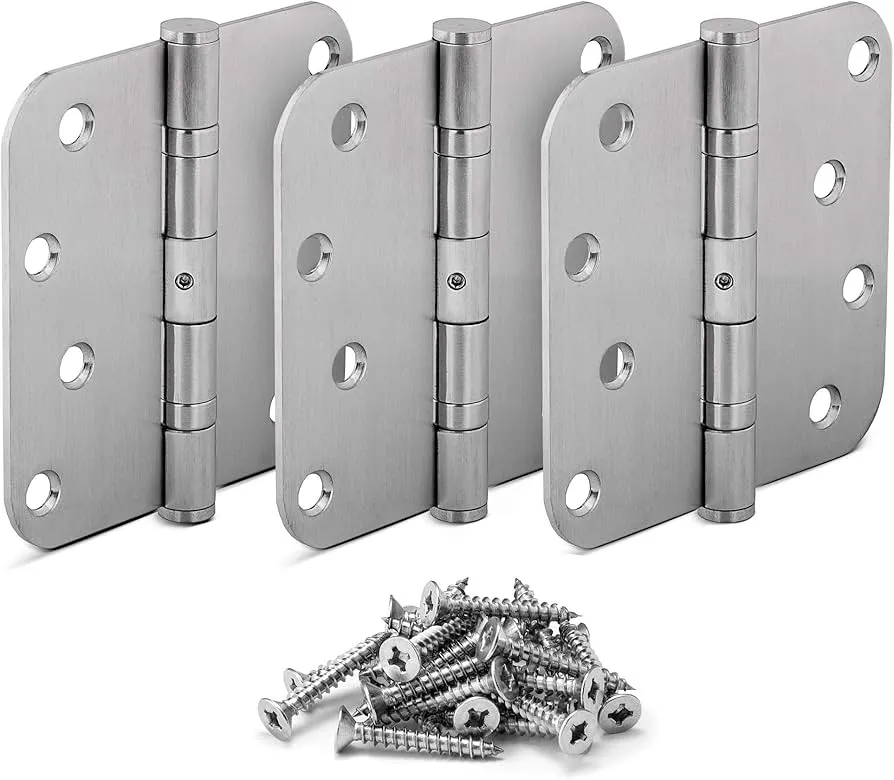
Purpose: Smooth operation with less wear over time
Use cases: Heavy entry doors, high-traffic areas
Pros: Quiet, long-lasting, reduces friction
Limitations: Slightly more expensive than plain hinges
3. Spring Hinge

Purpose: Automatically closes doors
Use cases: Garage entry, screen doors, commercial spaces
Pros: Self-closing feature, good for safety
Limitations: May require tension adjustment
4. Rising Butt Hinge
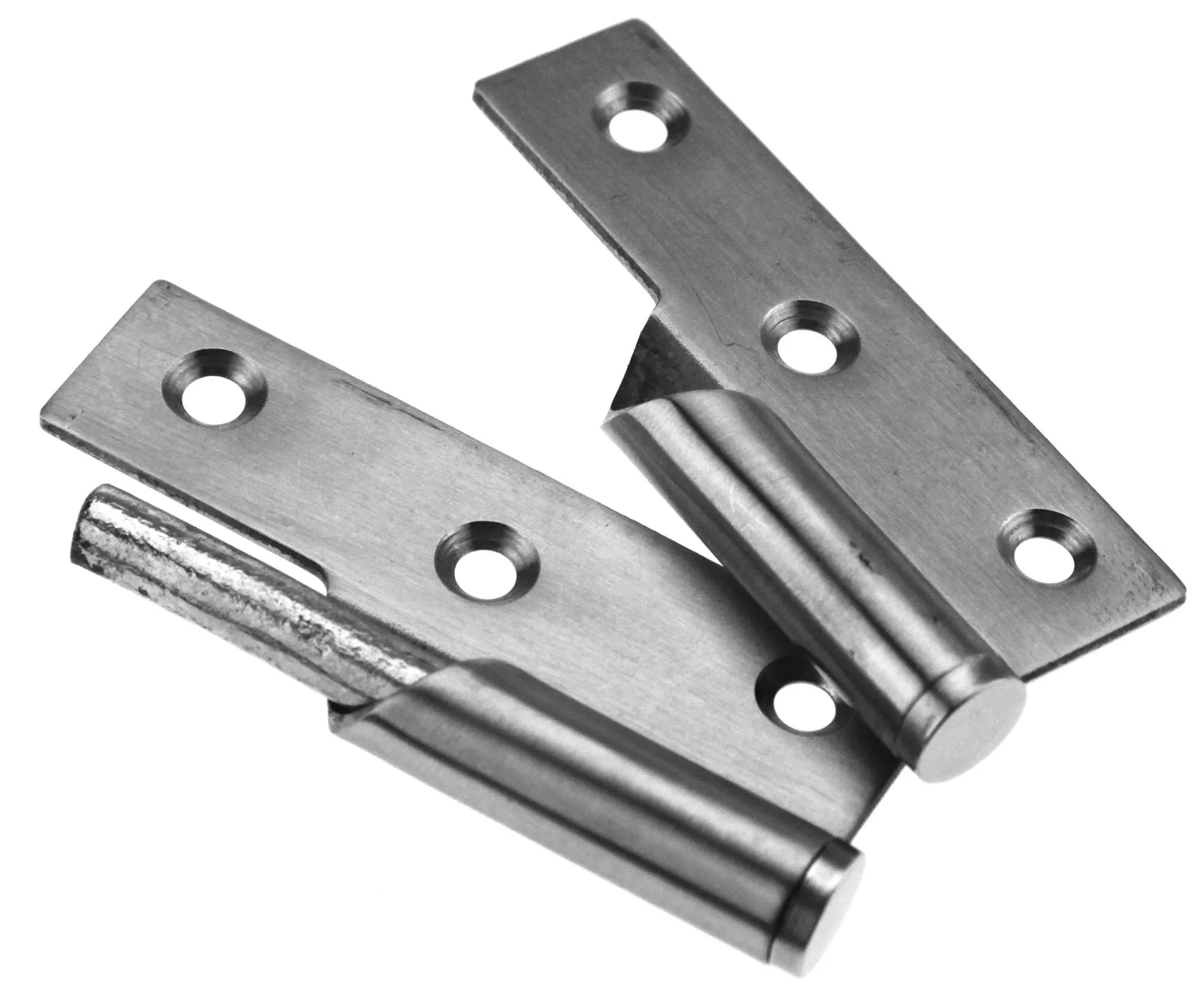
Purpose: Lifts door as it opens to clear carpets
Use cases: Doors over thick flooring or uneven thresholds
Pros: Functional for carpeted spaces
Limitations: More complex to install
5. Concealed Hinge

Purpose: Provides a clean, seamless look
Use cases: Cabinets, modern interiors, minimalist design
Pros: Invisible when closed, sleek
Limitations: Not suitable for heavy doors
6. Lift-Off Hinge

Purpose: Quick door removal without tools
Use cases: Maintenance zones, event halls, hospitals
Pros: Easy access and removal
Limitations: Not ideal for secure applications
7. Piano (Continuous) Hinge
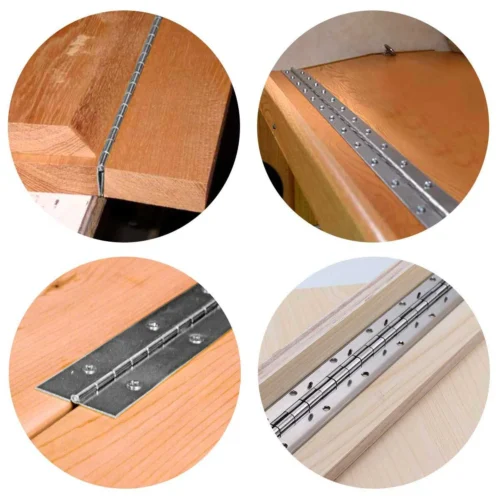
Purpose: Supports weight along full door edge
Use cases: Cabinets, storage boxes, heavy panels
Pros: Distributes weight evenly, durable
Limitations: Requires full-length installation
8. Pivot Hinge
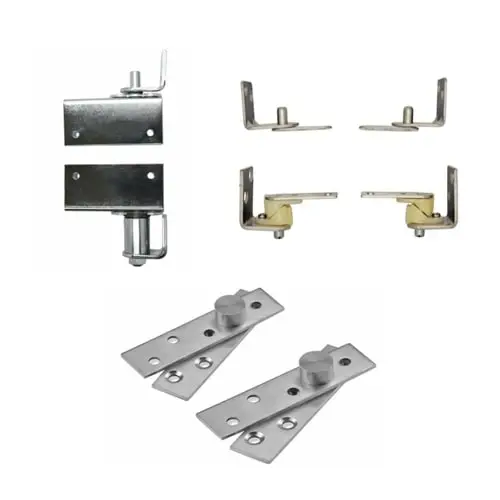
Purpose: Top and bottom rotation, rather than side
Use cases: Entryways, room dividers
Pros: Sleek and modern
Limitations: Needs structural support
9. Double-Action Hinge

Purpose: Swings door both ways and returns to center
Use cases: Kitchens, cafes, restaurant doors
Pros: Convenient for high-traffic areas
Limitations: Limited privacy, no sealing
10. Strap Hinge

Purpose: Combines strength with rustic appeal
Use cases: Barn doors, gates, decorative use
Pros: Strong support, vintage look
Limitations: Bulky; not for tight spaces
11. T-Hinge

Purpose: Mix of butt and strap hinges
Use cases: Sheds, gates, utility doors
Pros: Decorative and functional
Limitations: Visible hardware
12. Overlay Hinge
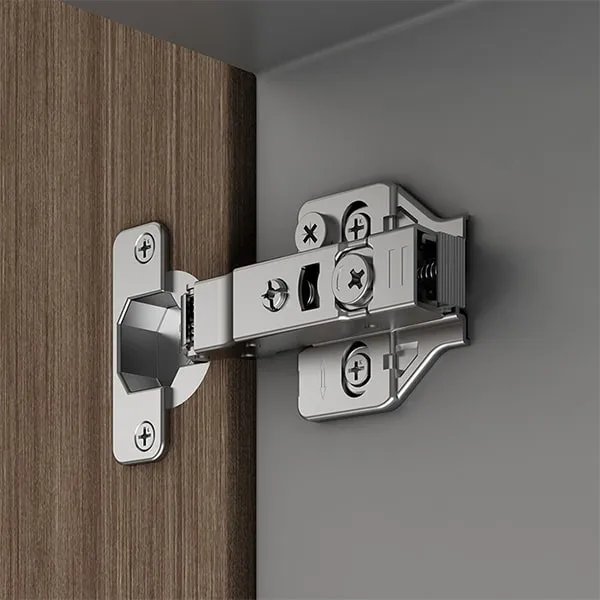
Purpose: Lets cabinet door lay flush over frame
Use cases: Kitchen and bathroom cabinets
Pros: Clean, flat finish
Limitations: Only works with overlay-style doors
13. Offset (Swing Clear) Hinge

Purpose: Moves door fully out of frame opening
Use cases: Wheelchair access, moving large items
Pros: Maximizes opening space
Limitations: Adds width to installation
14. Barrel Hinge

Purpose: Small, hidden hinge
Use cases: Jewelry boxes, cabinets
Pros: Neat finish, low-profile
Limitations: Not suitable for heavy doors
15. Security Hinge
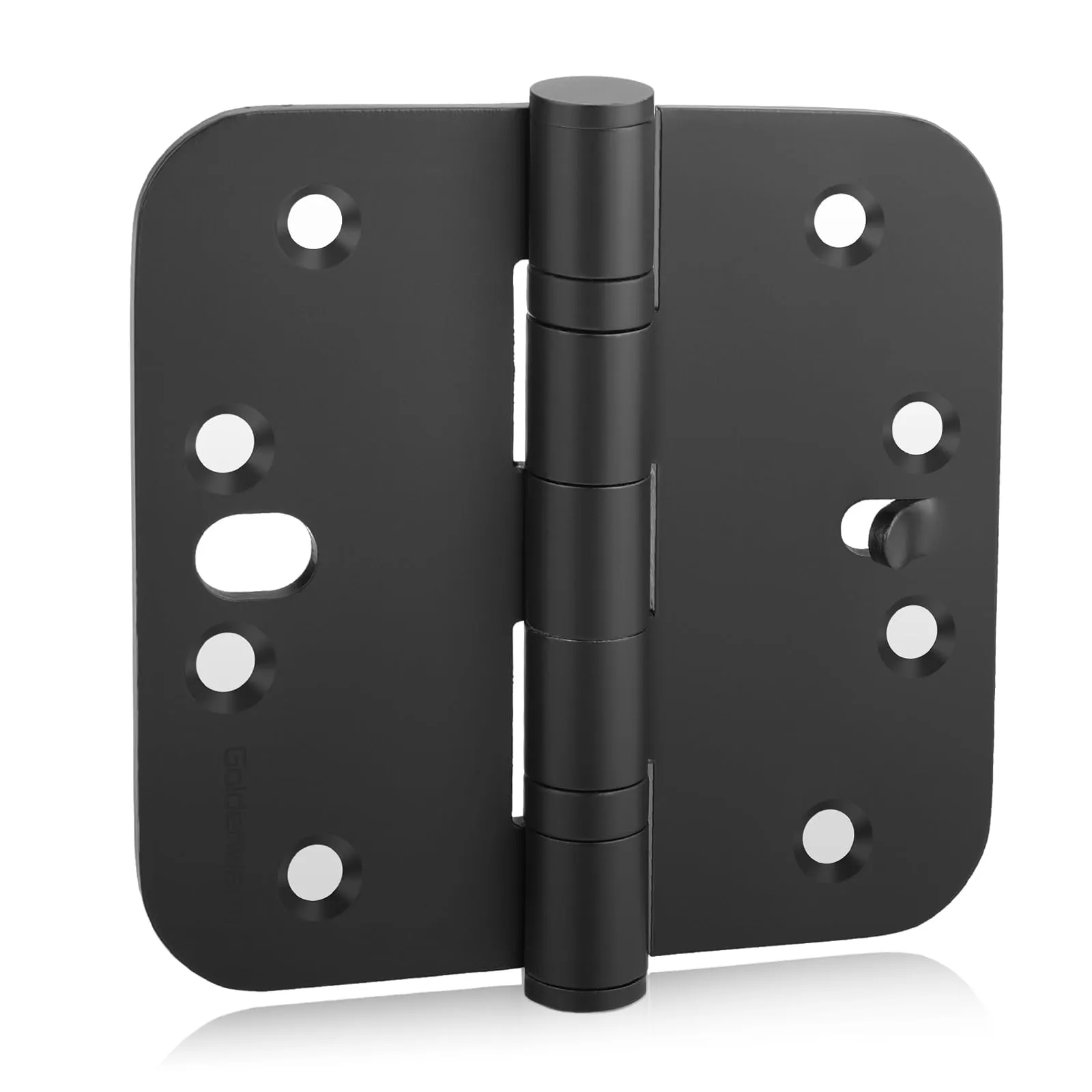
Purpose: Prevents removal or tampering
Use cases: Exterior doors, commercial entries
Pros: High-security design
Limitations: May cost more
16. Gate Hinges (Tee, Strap, Hook & Band)
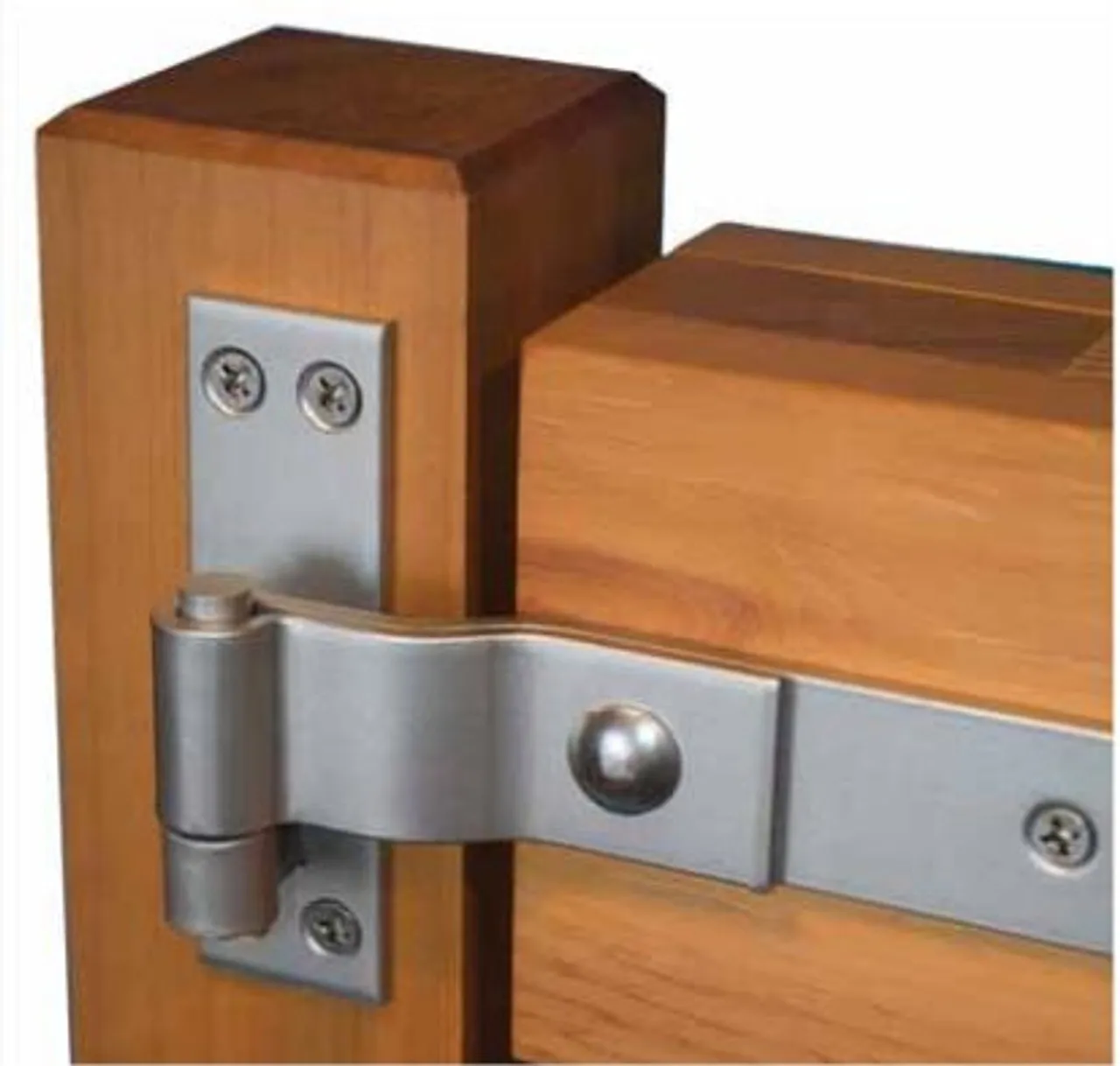
Purpose: Handle weight and outdoor elements
Use cases: Garden gates, barn doors, fences
Pros: Durable, weather-resistant
Limitations: Typically larger, more visible
17. Cabinet Hinges (Overlay, Inset, Euro)
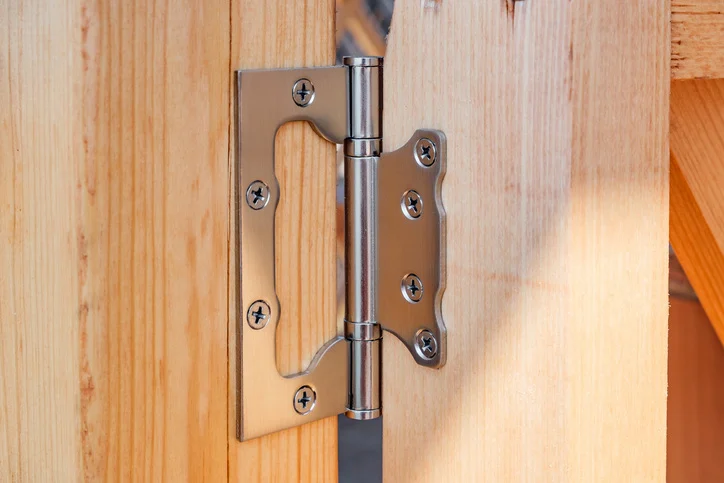
Purpose: Designed for furniture and cabinetry
Use cases: Kitchens, wardrobes, vanities
Pros: Soft-close options, easy to install
Limitations: Not load-bearing
18. H/HL Hinges
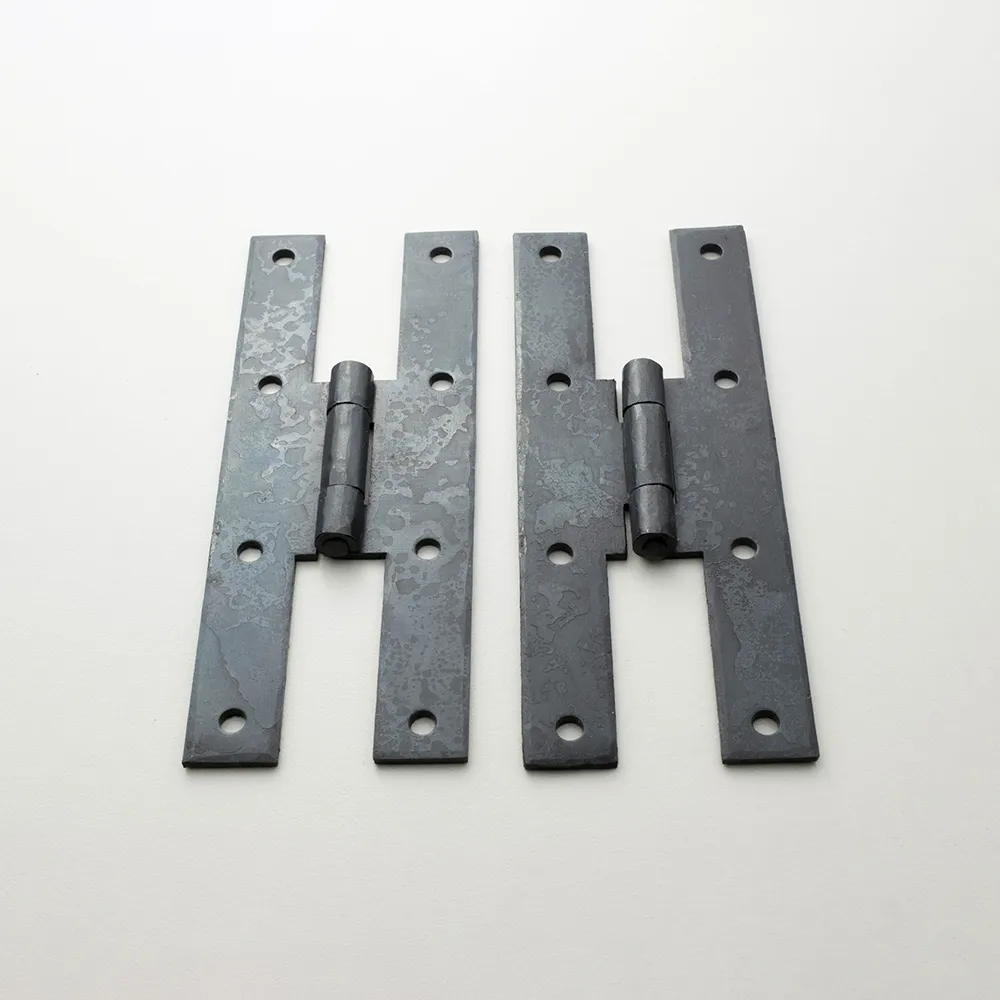
Purpose: Traditional cottage-style support
Use cases: Period homes, ledge and brace doors
Pros: Decorative and structural
Limitations: Bulky; suited to specific aesthetics
19. Cranked Hinge

Purpose: Adds clearance for door or window to bypass trim
Use cases: Awkward openings, windows
Pros: Solves clearance issues
Limitations: Limited styles
20. Flush Hinge (Hurlinge)
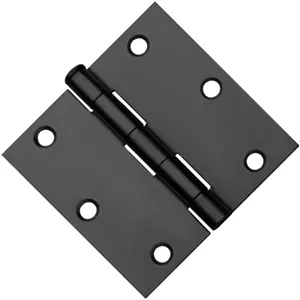
Purpose: No need to cut a mortise
Use cases: DIY doors, lightweight applications
Pros: Easy to install
Limitations: Lower weight capacity
21. Backflap Hinge
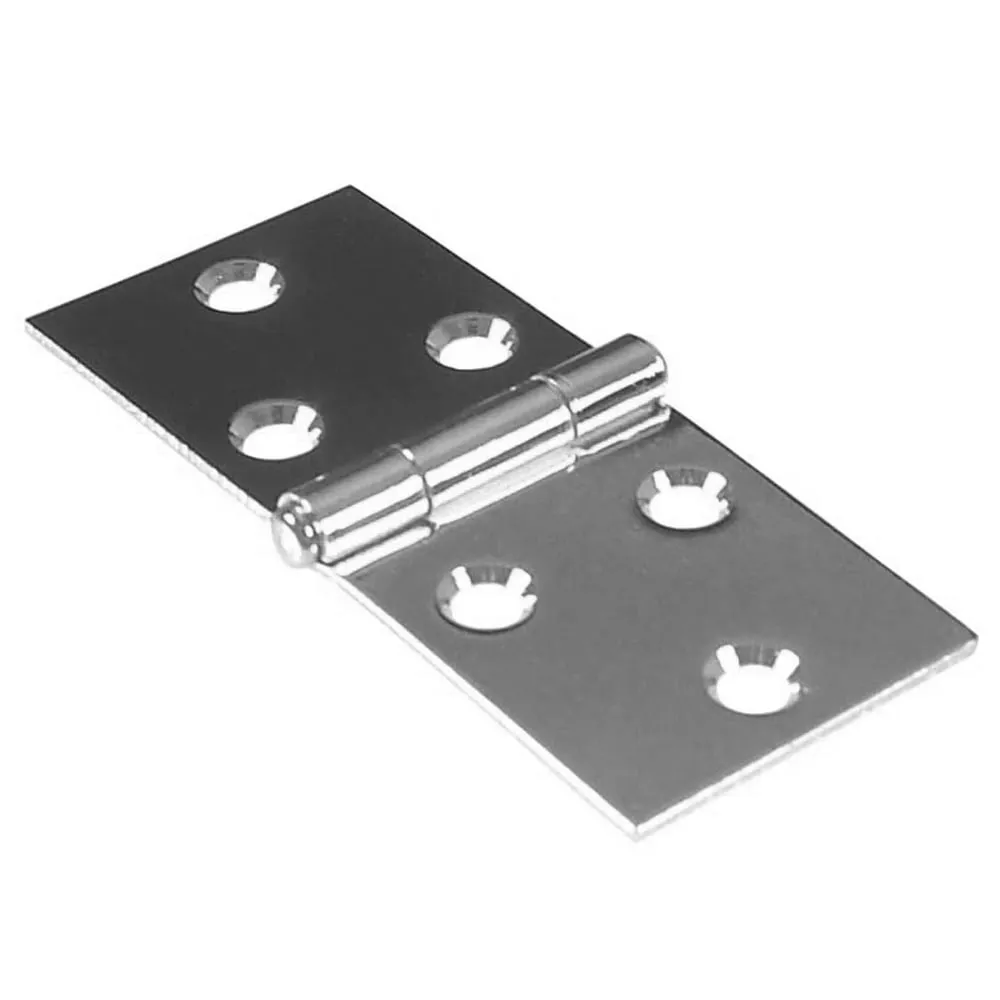
Purpose: Fully open box flaps or lids
Use cases: Foldable tables, desks
Pros: Allows 180° opening
Limitations: Limited decorative value
22. Counterflap Hinge
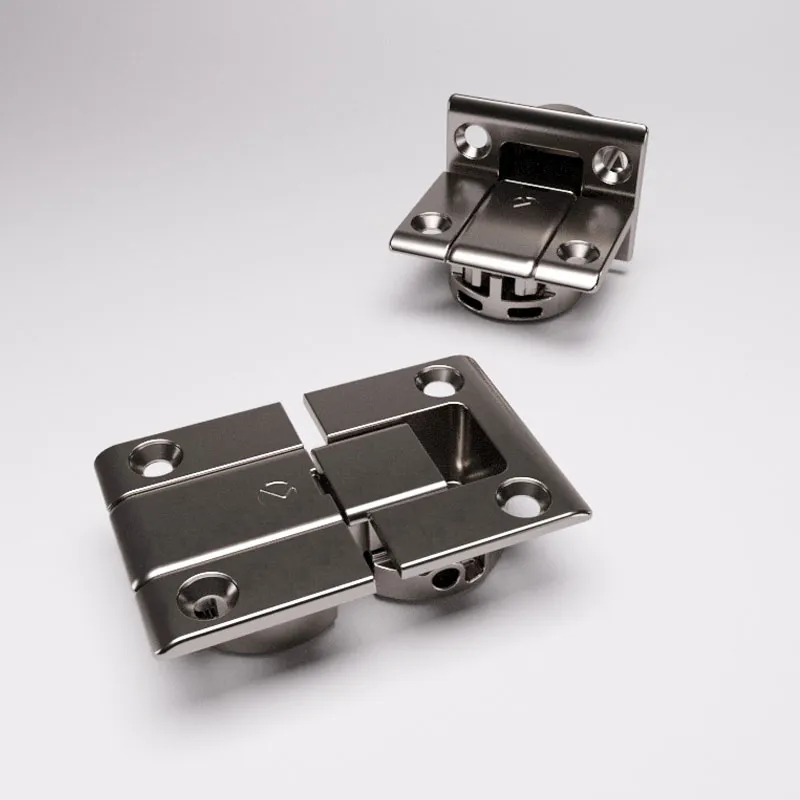
Purpose: Opens horizontally for counters
Use cases: Cafes, bars, reception desks
Pros: Clean horizontal movement
Limitations: Niche use
23. Weldable Hinges
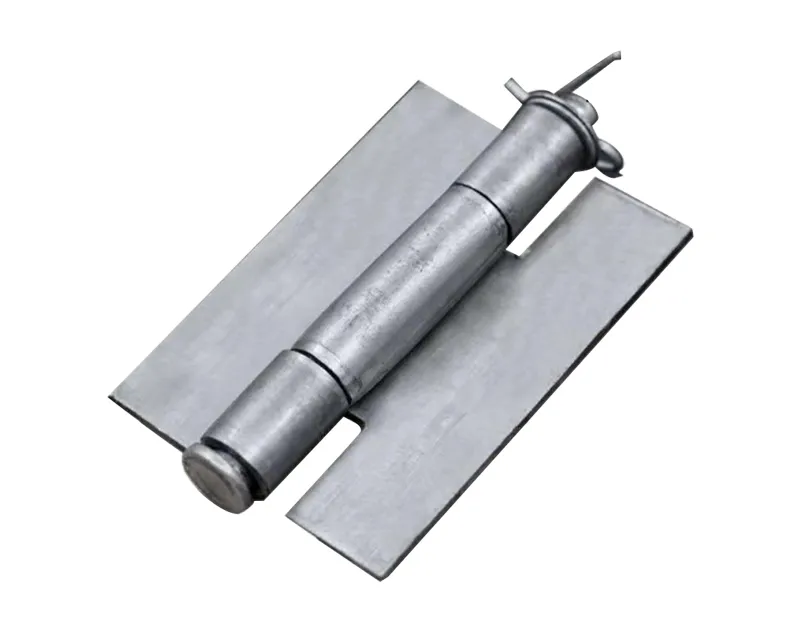
Purpose: Permanent, high-strength application
Use cases: Metal gates, vehicles, containers
Pros: Secure and long-lasting
Limitations: Requires welding tools
24. Specialist Hinges
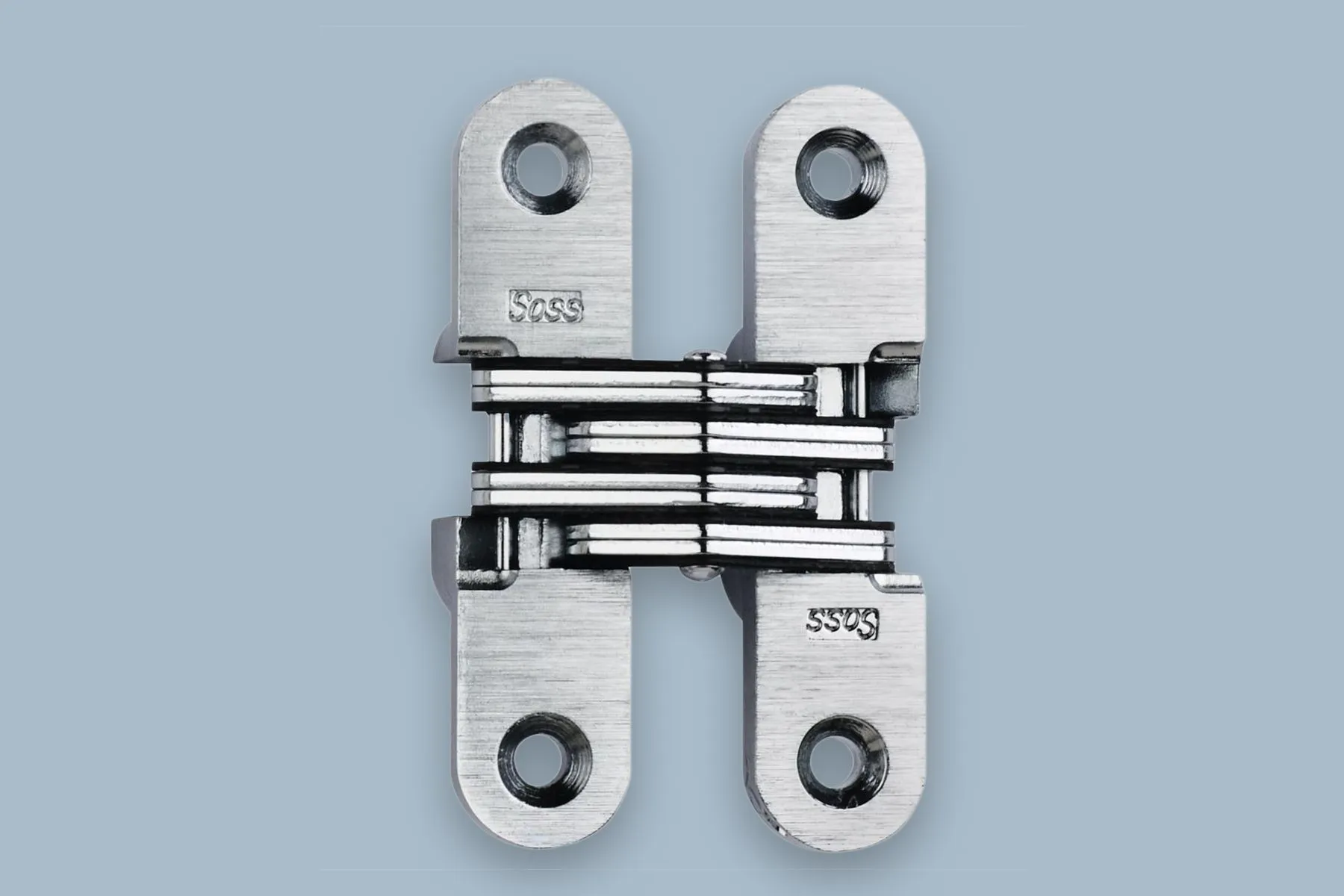
Purpose: Tailored to very specific needs
Use cases: Hospitals, fire-rated doors, tech cabinets
Pros: Meets compliance or specialty use
Limitations: Higher cost, niche availability
25. Decorative Hinges
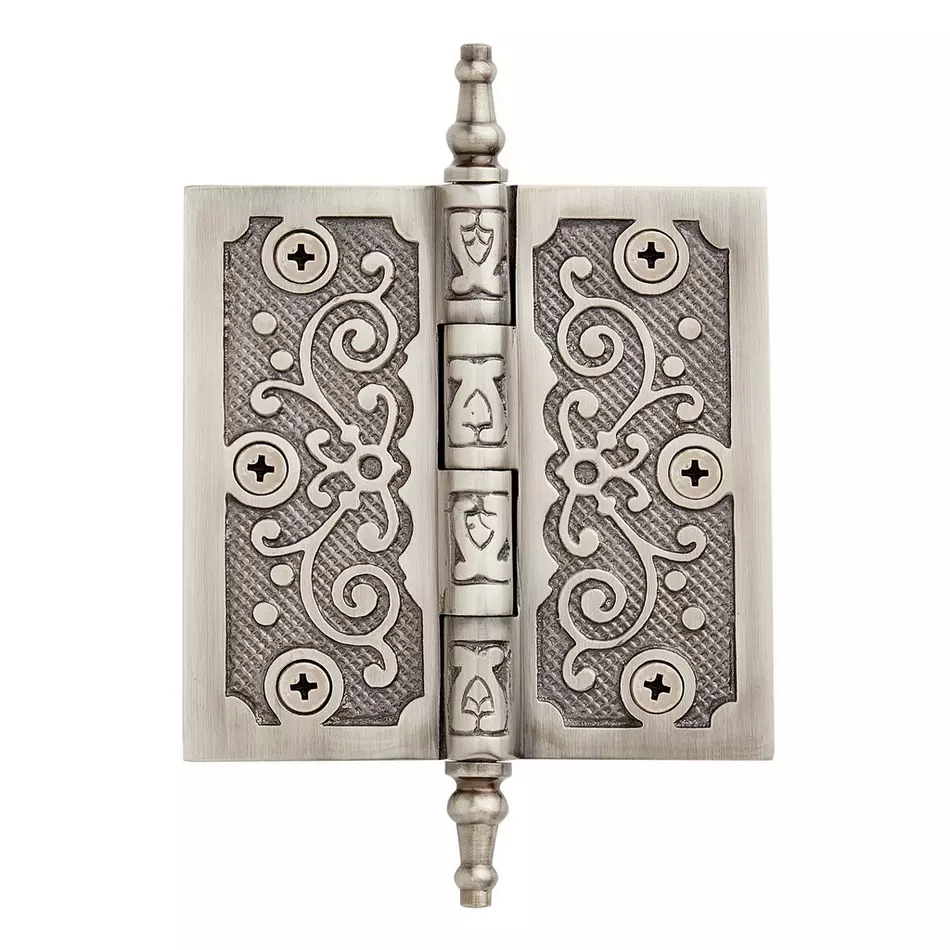
Purpose: Style-forward hardware
Use cases: Vintage furniture, themed interiors
Pros: Adds charm and visual appeal
Limitations: Usually more decorative than functional
Types of Materials and Finishes

Choosing the right hinge material ensures both durability and style. Here’s a quick guide:
Stainless steel: Ideal for outdoor or humid environments; resists rust.
Brass: Attractive and strong; great for decorative interior doors.
Zinc alloy: Budget-friendly and works well for light-duty indoor use.
Aluminum: Lightweight and naturally corrosion-resistant.
Bronze, pewter, wrought iron: Suited for vintage or traditional decor.
Nylon/ABS plastic: Best for cabinets or low-stress applications like panels.
FAQs
1. Which hinge is best for heavy doors?
Ball bearing or continuous (piano) hinges are great for supporting the weight of heavy or frequently used doors.
2. Can I replace a hinge without changing the door?
Yes! As long as you match the hinge size, hole pattern, and swing direction, replacements are straightforward.
3. What’s the difference between butt and concealed hinges?
Butt hinges are visible when closed; concealed hinges are hidden, ideal for modern or cabinet doors.
Conclusion

Choosing the right door hinge isn’t just about functionality—it’s also about style, durability, and fit for your space. From classic butt hinges to modern concealed options, each type serves a unique purpose and adds to your home’s performance and aesthetic.
Need help finding the perfect hinge? Reach out to our team or browse our collection to discover long-lasting, stylish hinges that elevate every door in your home.
![Apro logo - 25 Types of Door Hinges and Their Best Uses [Dezember 2025] - APRO Apro logo](https://aprowin.com/wp-content/uploads/2024/08/Apro-logo.webp)
![A bifold glass door opens to a serene courtyard featuring a beautiful fountain at its center - 25 Types of Door Hinges and Their Best Uses [Dezember 2025] - APRO A bifold glass door opens to a serene courtyard featuring a beautiful fountain at its center](https://aprowin.com/wp-content/uploads/2024/10/A-bifold-glass-door-opens-to-a-serene-courtyard-featuring-a-beautiful-fountain-at-its-center.webp)
![Sunflower view through modern black aluminum window frame - 25 Types of Door Hinges and Their Best Uses [Dezember 2025] - APRO Sunflower view through modern black aluminum window frame](https://aprowin.com/wp-content/uploads/2024/10/Sunflower-view-through-modern-black-aluminum-window-frame.webp)
![Modern entrance featuring glass doors and awning for commercial projects - 25 Types of Door Hinges and Their Best Uses [Dezember 2025] - APRO Modern entrance featuring glass doors and awning for commercial projects](https://aprowin.com/wp-content/uploads/2024/10/Modern-entrance-featuring-glass-doors-and-awning-for-commercial-projects.webp)
![Stylish residential project showcasing modern architecture and a beautiful pool area - 25 Types of Door Hinges and Their Best Uses [Dezember 2025] - APRO Stylish residential project showcasing modern architecture and a beautiful pool area](https://aprowin.com/wp-content/uploads/2024/10/Stylish-residential-project-showcasing-modern-architecture-and-a-beautiful-pool-area.webp)
![Worn hinge on an aluminum door showing signs of aging - 25 Types of Door Hinges and Their Best Uses [December 2025] - APRO Worn hinge on an aluminum door showing signs of aging](https://aprowin.com/wp-content/uploads/2024/12/Worn-hinge-on-an-aluminum-door-showing-signs-of-aging.webp)







![APRO logo white - 25 Types of Door Hinges and Their Best Uses [Dezember 2025] - APRO APRO logo white](https://aprowin.com/wp-content/uploads/2024/07/APRO-logo-white.webp)